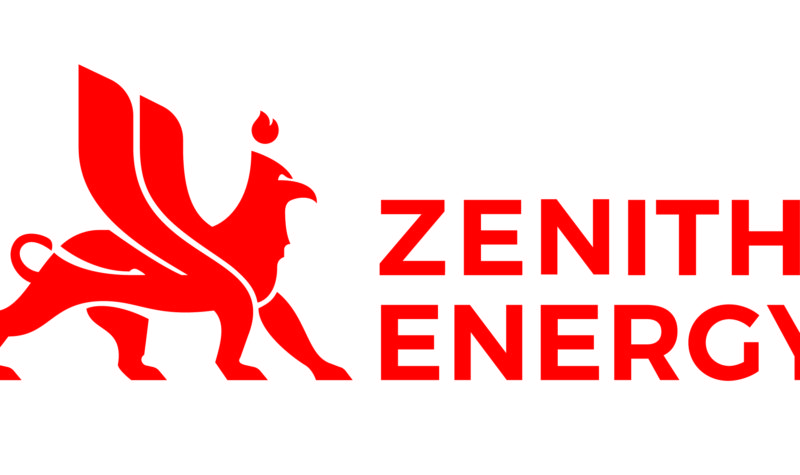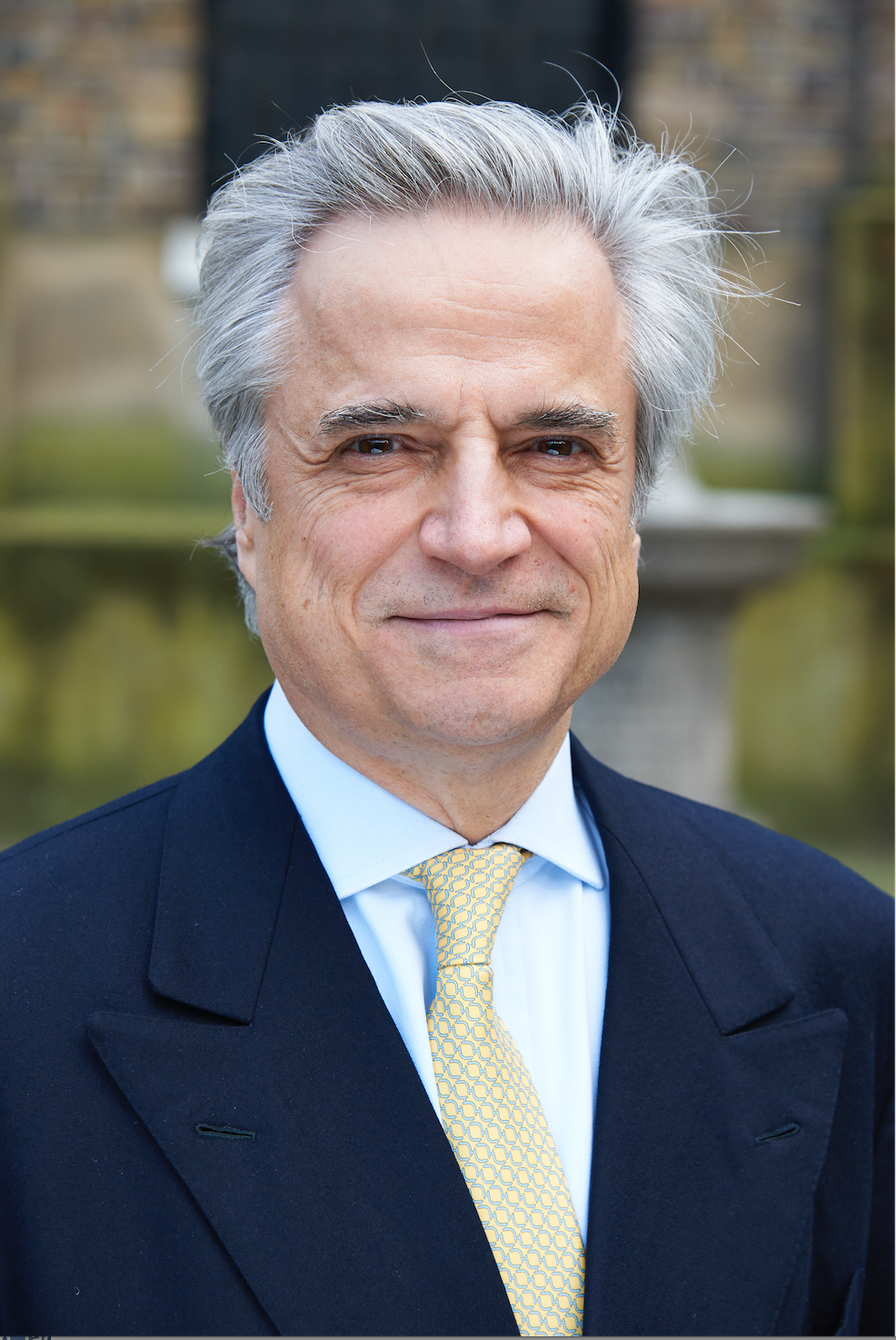Zenith Energy: The journey ahead

Master Investor: Andrea, it is a pleasure to have you exhibiting and presenting at the Master investor Show this year. First of all, I would like you to please introduce your company, Zenith Energy Ltd., which you have recently listed on the London Stock Exchange, and which is also listed on the Toronto Stock Exchange in Canada.
Andrea Cattaneo: Zenith Energy Ltd. is an international oil & gas production company listed on the Canadian TSX Venture Exchange (ZEE) since December 2008 and recently, in January 2017, achieved dual listing on the London Stock Exchange (ZEN).
The Company’s overarching strategy is the acquisition of large onshore oil & gas fields in countries that offer strong asset protection and a business atmosphere conducive to stable and profitable production activities.
Zenith’s primary focus at present is Azerbaijan where, as the only junior independent oil and gas producer, it operates the largest onshore oilfield of the country. The Company also has operations in Italy with a number of gas producing concessions as well as a stable production of electricity and condensate.
MI: Let’s focus on your flagship asset in Azerbaijan, where the Company operates the largest onshore producing oilfield in Azerbaijan in a REDPSA (Rehabilitation, Exploration, Development and Producing Sharing Agreement) with SOCAR, State Oil Company of the Azerbaijan Republic. Could you firstly please elaborate on how you achieved this transformational opportunity for Zenith and your operational strategy going forward?
AC: Zenith’s acquisition in Azerbaijan was the result of a number of factors. The first is the strength and connections of the Company’s Board of Directors. The Board has a wealth of experience and credibility established over the years through successful petroleum activities.
This has been a determining factor in allowing a newcomer such as Zenith to earn the trust of national oil companies and majors looking to find reliable and responsible partners to dispose of their assets. The REDPSA with SOCAR was signed on March 16th, 2016 for an area of 642 square kilometres. The contract area includes the active Muradkhanli, Jafarli and Zardab fields and is located in the Lower Kura Region, 240 kilometres inland from the capital city of Azerbaijan, Baku.
Another important strength of Zenith is the ability to perform with low expenditure. This is reflected emphatically in our Azerbaijan operations. We always seek to implement the most cost-effective solutions that will return robust production increases, whilst delivering value to our investors.
My team and I bring the management skills and technological expertise of an independent Canadian energy production Company based in Calgary, the largest oil & gas centre in the world. This enables us to bring new methods and equipment for the success of our onshore oil production.
The current reduced oil price market situation encourages a necessary re-appraisal of the stability and low production costs of onshore oil. Zenith is confident that, with the application of modern production techniques and investment in new infrastructure, the contract area will generate significantly greater production volumes. This would result in an important re-evaluation of the field.

MI: The field rehabilitation programme, specifically the well workover programme, began towards the end of January, with the aim of increasing your current production to 1,000 bopd (barrels of oil per day) by 31 March, 2018. We should remember that Zenith’s oilfields, Muradkhanli, Jafarli and Zardab, previously produced in excess of 9,000 bopd, with peak production even reaching 15,000 bopd during the Soviet Union period. Can you explain what has happened since then and also would you like to expand on your plans to achieve a 1,000 bopd production target within the next calendar year?
AC: Following the independence of Azerbaijan and the fall of the Soviet Union, a decisive energy strategy shift took place with the offshore sector being ascribed primary importance.
This meant that the relatively less productive onshore domain was overlooked. Zenith’s field, the largest onshore field in Azerbaijan with a geographic extent of 642 square kilometres, whilst highly productive during the Soviet Union period with a peak production of 15,000 bopd when the field was recently discovered and had undergone extensive investment, gradually declined due to a series of mechanical failures and lack of material investment.
Zenith’s technical team is confident that with a systematic field rehabilitation programme and well workover activities the field can achieve a sizeable increase in production by March 31, 2018. The fact that Zenith’s 2P reserves have independently been assessed at 33.4 million barrels of oil further supports our confidence. The oil is in the ground and with our favorably low production costs of $12 per barrel (this cost is projected to decrease as production increases) we have all the ingredients necessary for a very positive future development.
It should also be noted that well workovers are relatively low-risk and low-cost operations and are funded by the healthy cash flow generated by our current production of approximately 300 bopd.
I am expecting the results of our first workover, Well M-195, to be available shortly.
MI: Zenith generates regular cash-flow from its Azerbaijan operations, with timely and reliable payments from SOCAR and a very rare low cost of production. Similarly, in Italy, you have stable production of gas, condensate and electricity that also generates regular cash-flow. What are your long-term goals for the company?
AC: Zenith presents a great opportunity and I am confident in saying that we remain very undervalued. The market still hasn’t appreciated the size of our asset, the amount of oil reserves in the ground and our very low cost of production.
My primary goal is to lead an ambitious but prudent expansion of the Company to what can be described as a ‘mid-cap’.
We have the strongest and most reliable partner possible in Azerbaijan, namely the national oil company, SOCAR, and our field rehabilitation programme which began on February 9, 2017 has a production target of 1,000 bopd by 31 March, 2018. We have a long road ahead but we have every reason to believe that we can achieve this target through our technical and operational abilities.
Whilst our primary focus remains the rehabilitation of our field in Azerbaijan, we are always evaluating new oil & gas production opportunities for further expansion. My primary goal is to lead an ambitious but prudent expansion of the Company to what can be described as a ‘mid-cap’.
MI: Zenith has a privileged position in Azerbaijan, being the only independent oil & gas company in the country. You are based in Baku with your operational team. Can you give us some background on how you are managing the operations and your relationships within the country?
AC: Zenith is a company run from the field. I spend the majority of each month in Baku overviewing operations and developing our local relationships. I then usually alternate between Canada and the United Kingdom for the remainder of the month. Zenith’s management has strong and effective relations with SOCAR; indeed these relations are the reason we entered the very prestigious oil and gas arena of Azerbaijan. It is worth underlining that Zenith is the only junior international oil & gas company operating in Azerbaijan.
MI: Plenty of news is expected this year. Can you tell us more about your news flow and whether you are considering any further acquisitions?
AC: Expansion is always on the agenda but success in exploiting our transformational opportunity in Azerbaijan is the primary goal. If we achieve our production objectives, we will be in a very strong financial position and will eventually be able to possibly return some money to our loyal investors through dividends. Making further acquisitions will also bring us closer to achieving our long-term ambition of mid-tier status.
Zenith is evaluating at least three new acquisitions at any one time. Such negotiations have a high degree of mortality, as market positions and vendors often change without warning.
A deal can only be considered finalised when it is signed and completed. By keeping an open eye for further expansion we will be in a position to possibly acquire further assets with vast upside potential in the near future.
Comments (0)